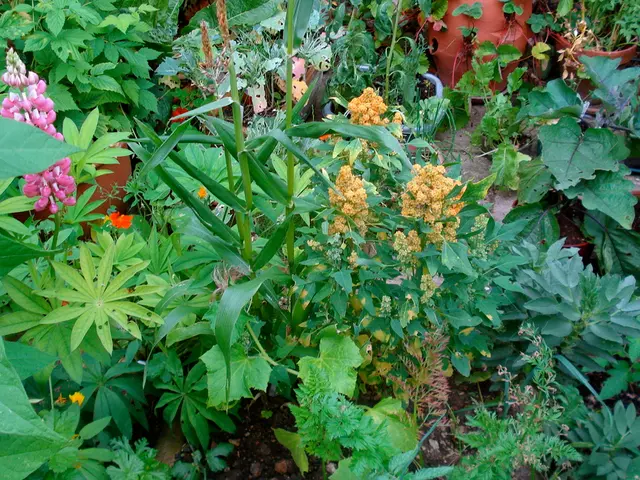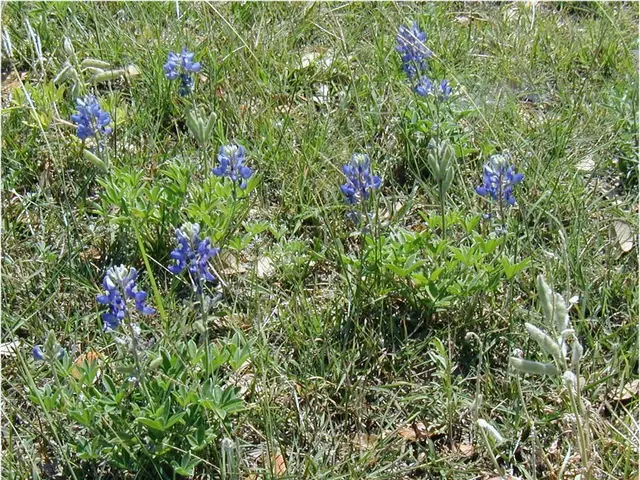Thyme: The Magical Herb in Your Kitchen and Garden
Guide to Thyme: Sowing, Cultivating, Harvesting, Recipes, and Additional Information
Embrace the charm of thyme, a versatile herb with a history dating back to ancient Persia and an essential part of culinary and medicinal practices today.
Thyme's Enchanting Journey
The Egyptians viewed thyme as a symbol of happiness and good fortune, while Greeks believed it could drive away evil spirits. Today, this fragrant, perennial evergreen thrives in gardens worldwide and adds a delightful flavor to various dishes.
Growing and Harvesting Thyme
Thyme, with its Mediterranean origins, prefers temperatures between 68 to 86 degrees Fahrenheit. It's crucial to move the plants to a protected area when temperatures drop below 32 degrees to shield them from freezing. Moreover, thyme plants love sunlight, thriving in sunny spots that receive 6-8 hours of sunlight daily.
For the most flavor, cuttings should be taken in the morning after the leaves are dry. Harvest thyme by pinching or tearing off leaves or stem sprigs, ensuring only young fresh growth is taken. Avoid cutting the woody parts of the plant, as it may compromise the plant's health.
The Origins of Thyme
The name thyme comes from the Greek word "thymos," meaning fumigate, a fitting name given thyme's strong, earthy aroma. Ancient civilizations used thyme in various ways — as an embalming fluid, incense, and even a cure for shyness. Hippocrates, the famous philosopher, even suggested using thyme to treat respiratory diseases.
Health Benefits of Thyme
Thyme boasts numerous health benefits, including anti-inflammatory and antiseptic properties. It's an excellent source of Vitamin C, aids in improving acne, boosting immunity, relieving stomach pain, and fighting high blood pressure, among others.
The essential oil derived from thyme has various applications, including promoting hair growth, treating dandruff, and increasing blood flow to the scalp. Furthermore, thyme oil's antimicrobial properties make it beneficial for treating skin ailments and providing relief for coughs and sore throats.
Conclusion
Thyme is an essential addition to any kitchen or garden, contributing to culinary delights while offering numerous health benefits. By following simple growing and harvesting techniques, you can ensure a thriving thyme plant that adds a unique, lemony, and minty flavor to various dishes and enhances your well-being. Embrace the magic of thyme!
Thyme, with its origins in the Mediterranean, can also be a captivating addition to a home-and-garden lifestyle, thriving as both a culinary ingredient in food-and-drink and a fragrant, evergreen plant in the garden. To fully enjoy the flavor and health benefits of thyme, follow the simple growing and harvesting practices to maintain its vibrancy. Meanwhile, utilizing the essential oil extracted from thyme in recipes can add an extra layer of flavor and various health benefits, while its properties in home-and-garden applications extend from promoting hair growth to providing relief for common ailments.







